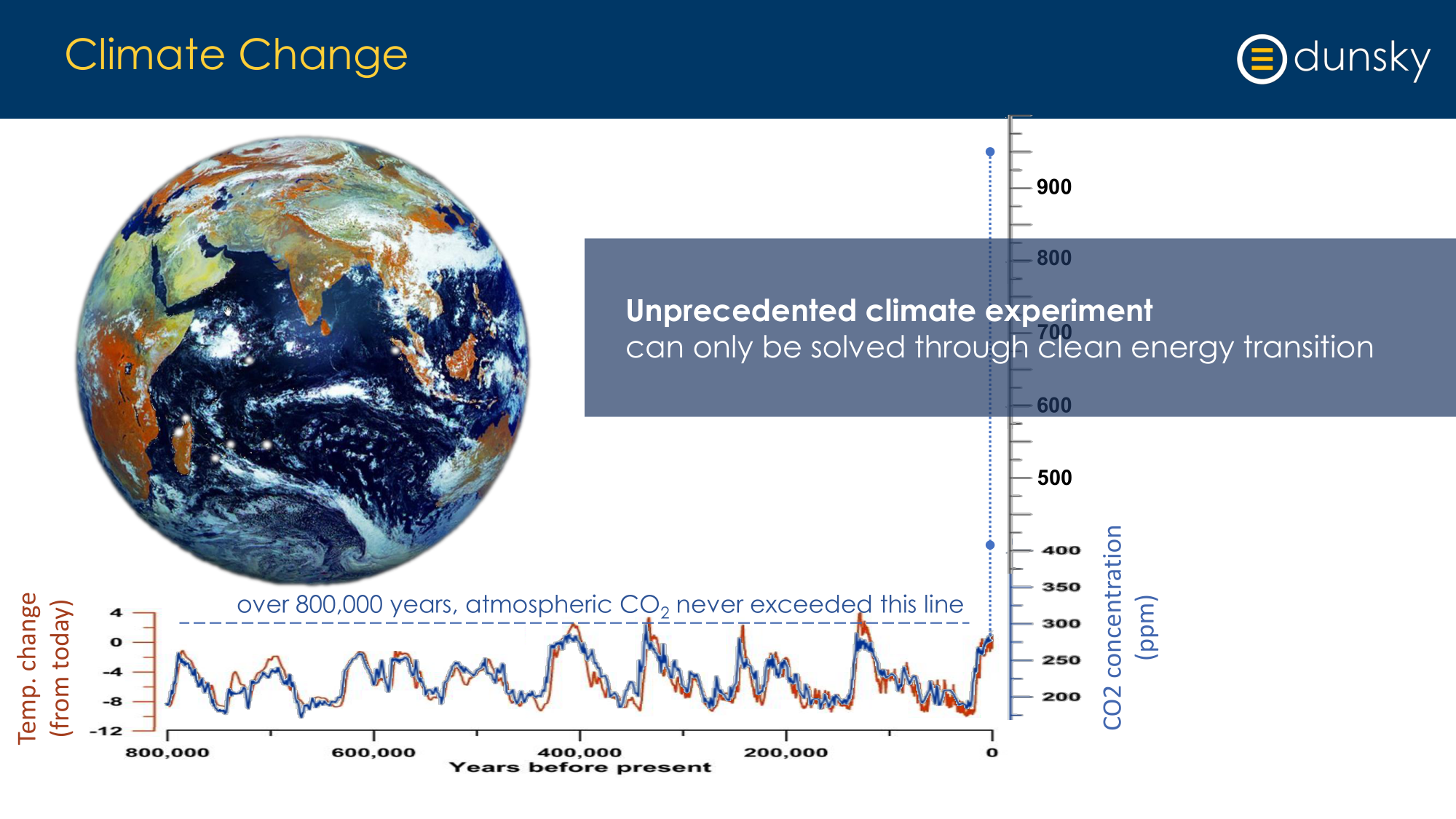By David Dodge and Scott Rollans
On its own, energy efficiency could take us halfway to meeting the ambitious Paris agreement targets in reducing greenhouse gas emissions—while also generating massive economic activity and creating 118,000 jobs in Canada.
That’s the message international energy efficiency expert Philippe Dunksy delivered at a recent Alberta Energy Efficiency Alliance conference in Edmonton.
Dunksy was a member of the federal government’s Generation Energy Council, charged with charting a possible future of energy in Canada. The scenario is based on research by the International Energy Agency and his own Canadian firm, Dunsky Energy Consulting.
Dunsky calls for aggressive investment in Canadian energy efficiency—two and a half times above current levels. Other measures, such as clean energy and electrification of vehicles and heating, simply won’t be enough.
“Energy efficiency is the key to enabling a reduction of carbon emissions in Canada,” Dunsky told Green Energy Futures. “And without energy efficiency, there’s no way that we can meet our Paris targets.”

Dunsky uses this graphic to illustrate the peril of our current situation. Carbon dioxide levels fluctuate naturally, but in 800,000 years they never exceeded 300 parts per million. Now they’re at 411 ppm, and headed towards 950. Slide Philippe Dunsky
Step by step toward a low-carbon future
Dunsky foresees a four-step process to help Canada meet its Paris goals:
- Energy efficiency – up to two-thirds of energy consumed is currently wasted;
- Greening the Grid – once we need less energy we green the grid;
- Electrification – third we electrify vehicles and heating;
- Bioenergy – then we use bioenergy for what’s left.
Dunsky sees energy efficiency as a logical—and crucial—first step. “One of the amazing things about energy efficiency is it is a money-maker.”
He says energy efficiency typically generates a two-to-one return on investment. “As we get very aggressive, that might drop to something like one and a half to one—but keep in mind, that is still a 50 per cent return on your investment.”
Make money reducing emissions
Energy efficiency is also one of the only ways to make money while reducing greenhouse gas emissions. “It ends up being negative $10 or negative $20 per tonne because we’re actually saving more money than it costs us to implement the measures” Dunsky explains. “You can’t say that about pretty much any other resource.”
As energy efficiency kicks into higher gear, green energy investments reduce emissions, instead of simply keeping up with a growing demand for electricity.
Meanwhile, as we expand green electricity, we can invest in electric vehicles (EVs) and more efficient ways of heating buildings.

Electric vehicles are part of a move to electrifying end-uses and a move to using more renewable energy. Photo Tesla
“An EV is going to be more than twice as efficient as an internal combustion engine,” says Dunsky. “The same thing is true of heating … When you move to heat pumps, you’re actually getting to something like 300 per cent or more efficiency.” That’s why air-source heat pumps and geoexchange often play a crucial role in net-zero buildings.
Based on current trends and the predicted rise of electric vehicles, some scenarios predict a 50-per-cent increased demand for electricity. If we aggressively invest in energy efficiency, Dunsky believes we could hold that increase to 15 per cent.

Canadians could expect to spend 40 per cent less on utility bills in a future with expanded energy efficiency and the electrification of cars and home heating. Slide Philippe Dunsky
Save $75 billion, 40% per household
That investment will also pay off in a 40-per cent reduction in utility costs for the typical household—adding up to a whopping $75 billion per year. “That’s 75 billion dollars back in people’s pockets, back in company’s pockets … to make them more competitive,” Dunsky points out.
Currently, Canada’s energy intensity per unit GDP is higher than the US, Europe, and Japan. “That’s a competitive disadvantage,” says Dunksy.“If we can become more energy efficient, our industry becomes more energy efficient.”
Ironically, this might even benefit Canada’s fossil fuel industry. Even the most aggressive energy transition scenarios involve the continued use of large amounts of fossil fuels. “As our oil and gas industries become more energy efficient, they need to use less energy to produce every barrel or to produce every cubic metre of gas—and they become more competitive,” says Dunsky.
Although some jobs will be lost in traditional energy sectors under this scenario, Dunsky predicts a net increase of 118,000 full-time-equivalent jobs in Canada. Energy efficiency work is labour-intensive. And the $75 billion in savings will free up spending money for consumers and businesses—creating even more jobs.
It turns our energy efficiency work is pretty labour-intensive. The consumers and businesses that have saved $75 billion now have that money to spend in their communities. This creates more jobs. “If Canada were to accelerate its efforts and energy efficiency we find a net increase of 118,000 full-time equivalent jobs in Canada,” says Dunsky.
In short, energy efficiency could be great news for the planet—and for the economy.


